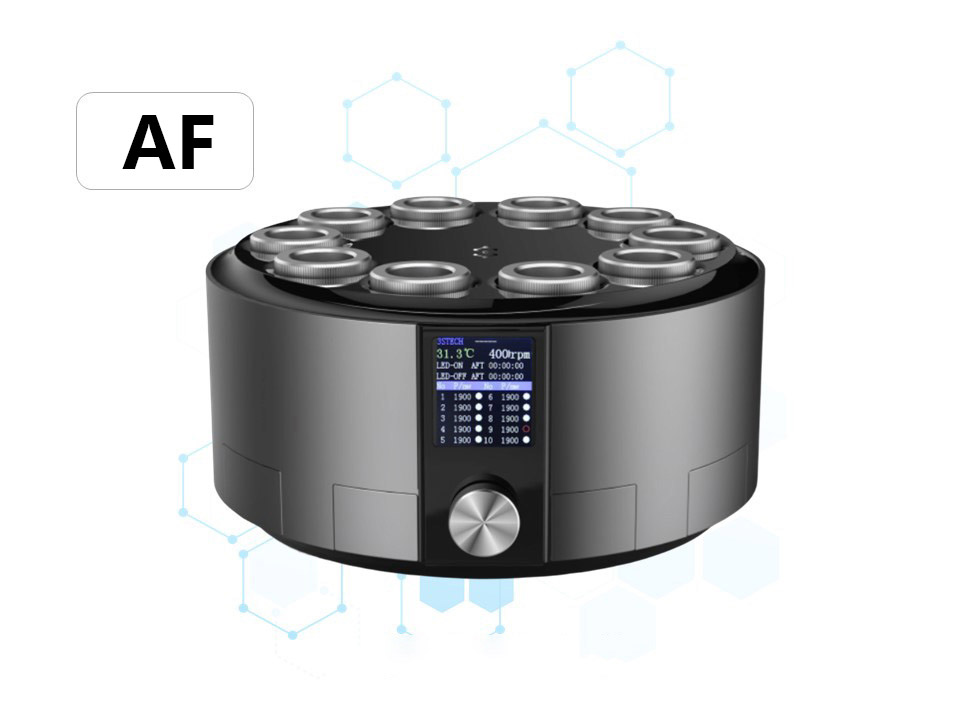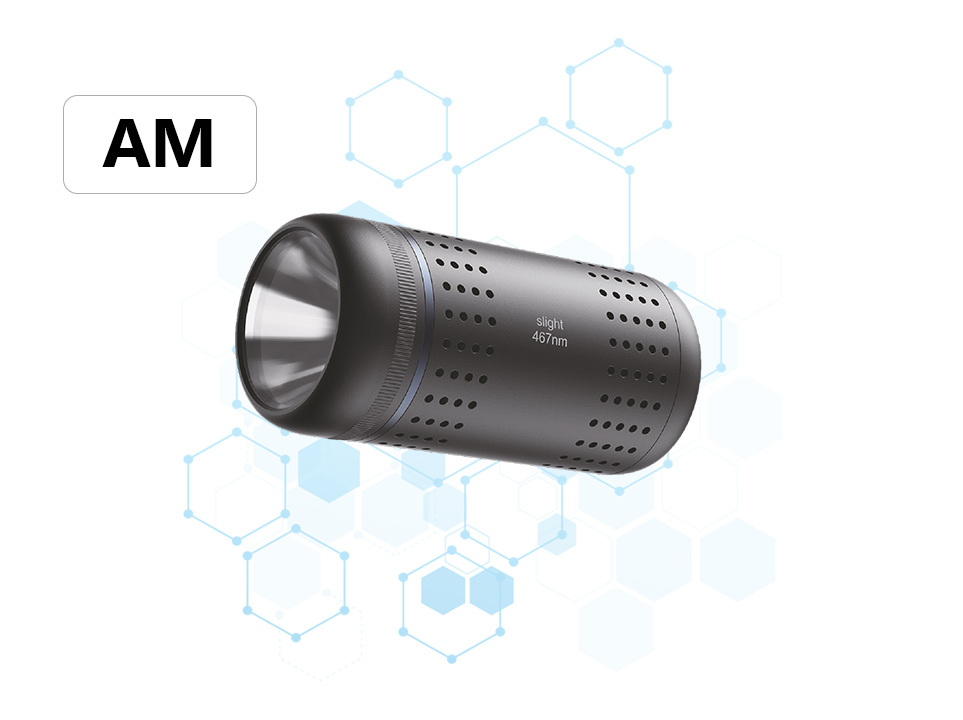Working principle of parallel photoreactor AF liquid cooling temperature control

The parallel photoreactor AF liquid cooling temperature control system by 3S Tech operates on a closed-loop liquid cooling mechanism designed to maintain precise and uniform temperature control across multiple reaction vessels during photochemical processes. Here's a structured breakdown of its working principle:
Key Components and Workflow:
Heat Generation:
Light Sources: High-intensity lamps or LEDs emit specific wavelengths to drive photochemical reactions.
Exothermic Reactions: Reactions in the vessels may generate additional heat, requiring active cooling.
Liquid Cooling System:
Coolant Circulation: A coolant (e.g., water or glycol mixture) is pumped through channels or coils surrounding the reaction vessels and light sources.
Heat Absorption: The coolant absorbs heat from both the reactions and the light sources, preventing thermal runaway.
Heat Dissipation:
Heat Exchanger: A radiator, chiller, or Peltier device removes heat from the warmed coolant, cooling it before recirculation.
Closed-Loop Design: Coolant is continuously recycled, ensuring efficient heat management and environmental safety.
Temperature Control Mechanism:
Sensors: Temperature probes monitor reactor conditions in real time, providing feedback to the control unit.
Feedback Loop: A PID (Proportional-Integral-Derivative) controller adjusts coolant flow rate, pump speed, or chiller activity to maintain the set temperature.
Uniform Distribution: A balanced manifold or symmetrical channel design ensures even coolant flow to all parallel vessels, eliminating temperature gradients.
Parallel Reactor Design:
Multi-Vessel Consistency: Ensures identical thermal and light conditions across all vessels for reproducible results.
Modular Cooling Zones: Optional independent cooling zones for large-scale setups, enhancing flexibility.
Advantages:
Precision: Maintains stable temperatures (±0.5°C typical) for sensitive reactions.
Scalability: Efficiently cools multiple vessels without compromising uniformity.
Safety: Includes over-temperature protection, flow sensors, and automatic shutdowns to prevent hazards.
Applications:
Ideal for photoredox catalysis, photocatalytic studies, and high-throughput screening where temperature stability is critical.
Summary:
The AF system integrates liquid cooling with advanced feedback control to ensure uniform thermal management in parallel photoreactions. By dynamically adjusting coolant flow and heat dissipation, it enables reproducible, scalable, and safe photochemical processes.





